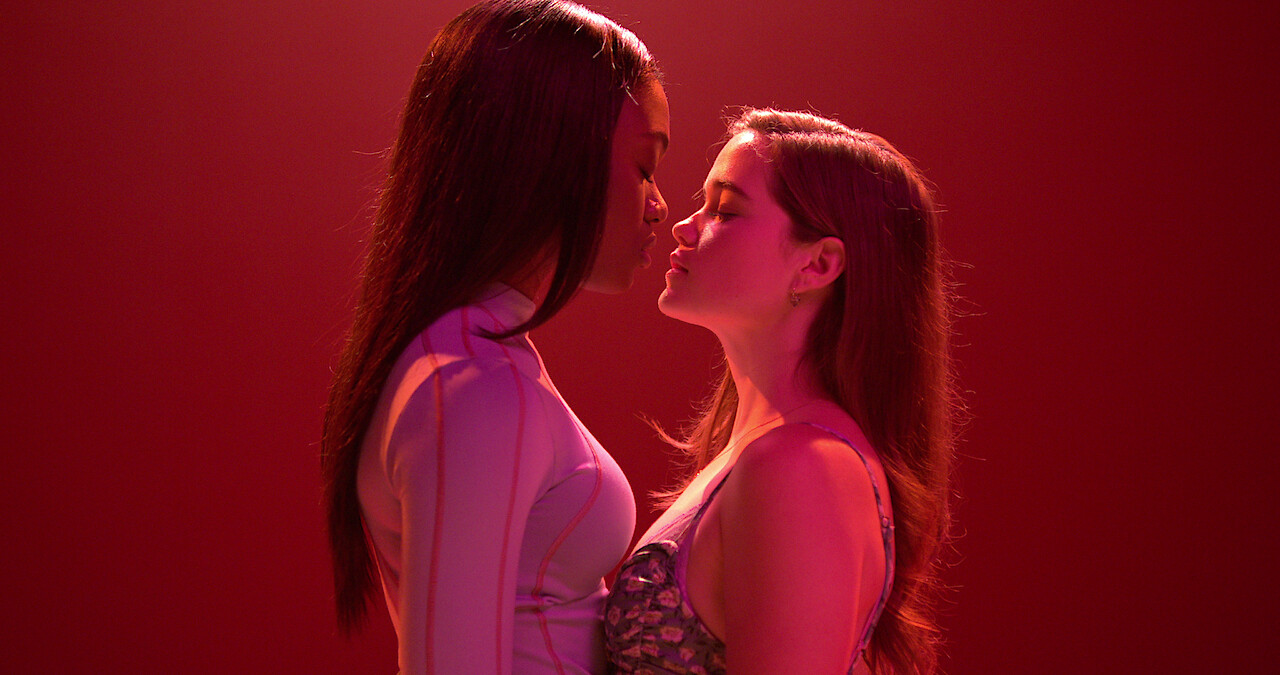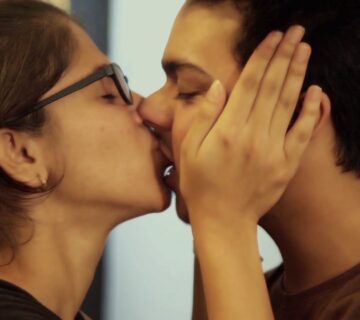A first kiss is more than just a simple brush of lips—it’s a spark, a milestone, and a memory you’ll likely cherish for years. Yet, few moments inspire such a swirl of nerves, curiosity, and hope. Whether you’re a nervous beginner or want your next “first kiss” to be unforgettable.
Why the First Kiss Is So Special
Your first kiss marks a leap into deeper closeness and intimacy. Studies and dating experts agree: most people remember their first meaningful kiss more vividly than almost any other early romantic experience. But beyond the memory, a first kiss can set the tone for physical and emotional connection, building trust and breaking the ice for all that lies ahead.
Step 1: Laying the Groundwork—Preparation Is Key
Freshen Up
-
Fresh breath is crucial: Brush your teeth and use mouthwash before a date or planned meetup.
-
Moisturize your lips: Dry, chapped lips can interrupt the moment; a bit of balm (without sticky gloss) goes a long way.
-
Dress confidently: Choose clothes that make you feel both comfortable and attractive; confidence calms nerves.
-
Choose your spot carefully: A private, relaxed setting—a cozy room, quiet park, or a stroll at sunset—makes everything easier.
Step 2: Reading the Moment—Signals and Consent
The best first kisses happen when both people are ready. Here’s what to look for before closing the distance:
-
Read their signals: Lingering eye contact, playful touches, or leaning in can all mean permission to proceed.
-
Listen to body language: Mirrored movements, relaxed posture, and “accidental” proximity suggest they’re comfortable.
-
Lean in slowly: Don’t rush; moving in gradually gives both of you plenty of time to opt in (or pull back if not ready).
-
Ask for consent: “Can I kiss you?” or “Would you like to kiss?” is not awkward—it’s romantic, builds trust, and increases both people’s comfort.
Step 3: The Kiss—Step-by-Step Technique
1. Ease Into It
-
Start with a closed mouth: Keep your lips soft, relaxed, and slightly parted. Skip tongue for now; a gentle, closed-mouth kiss is almost always best for first timers.
-
Tilt your head slightly: Most people naturally tilt to the right to avoid bumping noses, but adjust based on your partner.
-
Relax and breathe through your nose: Breathing deeply slows your heart rate and helps settle nerves.
-
Hands matter: Place your hands softly on their shoulders, back, face, or just let them hang at your sides—whatever feels natural and respectful. Lightly cupping a cheek or tucking hair behind the ear adds a gentle touch.
2. Mirror and Respond
-
Match their pace and pressure: If they linger, deepen, or linger, do the same; if they ease off, follow their lead. Kissing is about reciprocity, not performance.
-
Use body language between kisses: If you pull back, maintain some contact or eye connection, offering a smile or a soft compliment.
Step 4: After the Kiss—What Happens Next?
-
Smile and say something genuine: “That was really nice,” or “I’m glad we shared that” breaks the tension and affirms your feelings.
-
Stay present: Holding hands, sharing a laugh, or just staying close can make the moment even warmer.
-
Respect their space: If your partner seems shy or needs a breather, don’t push. Enjoy the shared silence or transition naturally back to conversation.
Tips for Making Your First Kiss Memorable
-
Focus on the connection: Don’t overthink technique or compare yourself to movies—you’re building a unique bond.
-
Go slow: Let anticipation linger; a kiss feels more magical when it’s not rushed.
-
Keep the mood anxiety-free: If you feel nervous, name it. “I’m a little nervous—it’s my first time.” Vulnerability often leads to laughter and closeness.
-
Embrace imperfection: If you bump noses, laugh! Most great love stories start with a dash of awkwardness.
-
Practice self-care: Confidence comes from being kind to yourself before, during, and after the experience.
Most Common First Kiss Mistakes (And How to Avoid Them)
-
Breath or lip neglect: Bad breath or dry lips ruins even the sweetest moment.
-
Rushing or surprise attacks: Always move gradually, visually checking in with your partner at every stage.
-
Overusing tongue or pressure: Keep things gentle until you both give cues to deepen the moment.
-
Letting nerves take over: Everyone is nervous; don’t let it dominate the experience.
-
Ignoring comfort or consent: If your partner freezes, pulls away, or seems distracted, pause and check in gently.
Frequently Asked Questions
How do I know the time is right?
If you both linger, exchange smiles, or share silent pauses, it’s often perfect. If in doubt, ask.
What if my first kiss is awkward?
Embrace the learning—everyone starts here. Awkwardness is universal and human.
Should I mention being a beginner?
Yes—honesty invites your partner in and reduces pressure to perform. Most people find it endearing.
What if it “goes wrong”?
Smile, apologize lightly, and suggest a do-over. Most couples laugh off mishaps—sometimes, the second kiss is even better than the first.
Read More: How to Get Over First Kiss Jitters: The Ultimate Guide
Final Thoughts: Let Anticipation Become Action
Kissing for the first time is about presence, consent, and genuine care. There’s no need for a “show.” Lean into the moment, follow your heart, and let the experience unfold naturally. When in doubt, remember: everyone—from movie stars to classmates—began with a single, trembling, unforgettable first kiss. This is yours. Enjoy it, honor it, and let it become a memory that marks the start of something wonderful.








[…] Read More: First Kiss for the Time: From Anticipation to Action […]